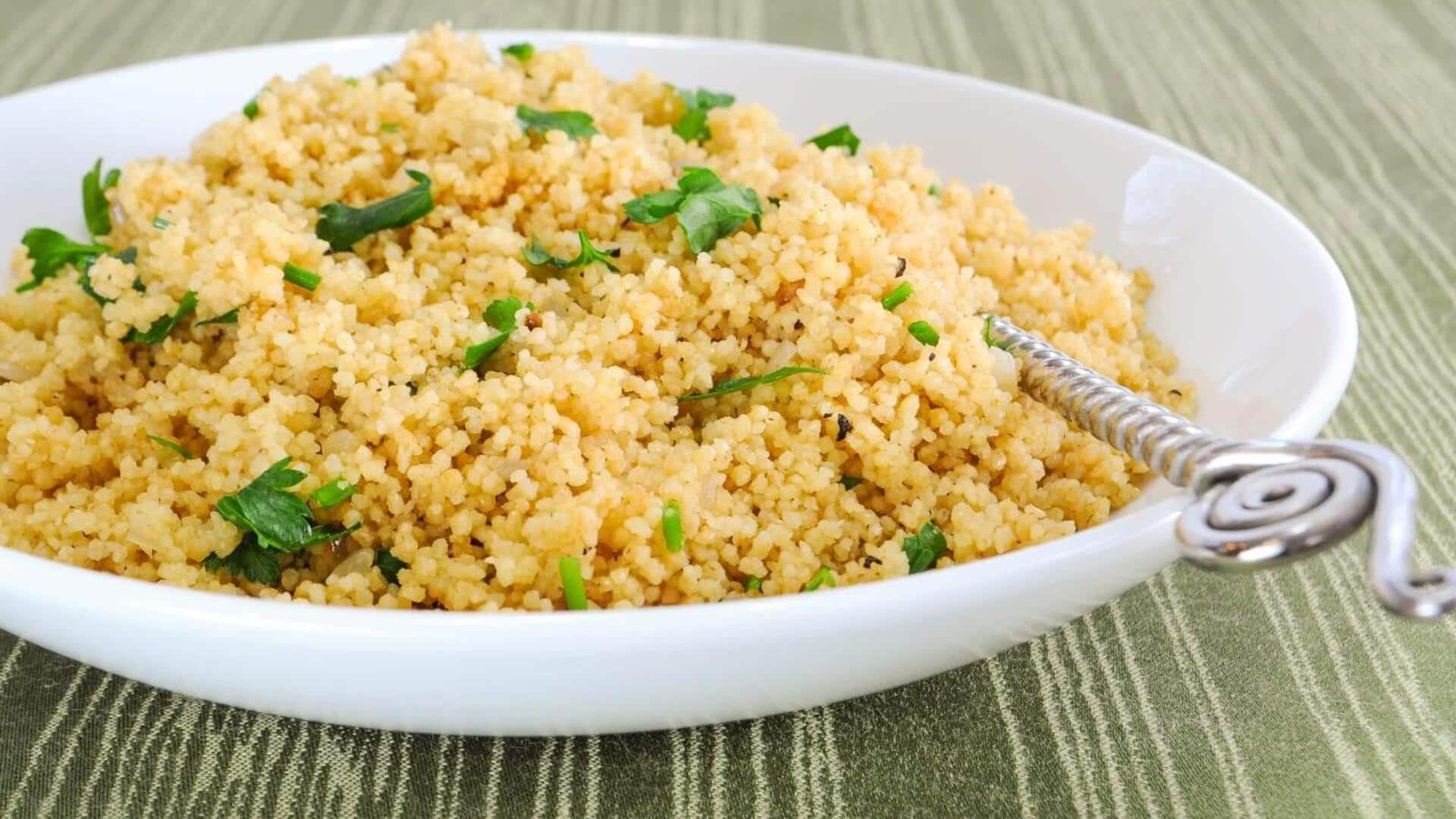
Couscous v/s quinoa: Which has more iron?
What's the story
Couscous and quinoa are often pitted against each other for their nutritional benefits, especially their iron content. This is essential for healthy blood cells and protection against anemia. In this article, we explore the iron content in both the grains, giving you insights into their contribution to daily nutritional needs. It can help you make informed dietary choices.
Couscous iron levels
Iron content in couscous
Couscous is basically pasta made from semolina wheat. It has about 0.6 milligrams of iron per 100 grams (cooked). Not very high, but it can still add to your daily iron intake when you have it as part of a balanced diet. You can further boost the absorption of iron from plant-based sources like couscous by having it with vitamin C-rich foods.
Quinoa iron levels
Quinoa's iron contribution
Quinoa is often lauded for being nutrient dense, including having more iron than many other grains. Cooked quinoa offers 1.5 milligrams of iron per 100 grams, making it a more important source than couscous. Its nature as a complete protein also makes it an attractive option for people looking for nutrient-rich plant-based alternatives.
Absorption influences
Factors affecting absorption
The body's ability to absorb iron from foods such as couscous and quinoa may vary depending on various factors. Phytates in both grains may inhibit absorption, but pairing them with vitamin C rich foods or cooking methods that reduce phytate levels can enhance bioavailability. Understanding these factors helps maximize the nutritional benefits you derive from these grains.
Consumption tips
Dietary considerations and tips
Adding both couscous and quinoa to your meals not only brings variety but also adds to the overall nutrient list, including iron. For those seeking to increase dietary iron, pairing these grains with vitamin C-rich vegetables or cooking methods that lower the phytate content could be useful without sacrificing taste or texture preferences.